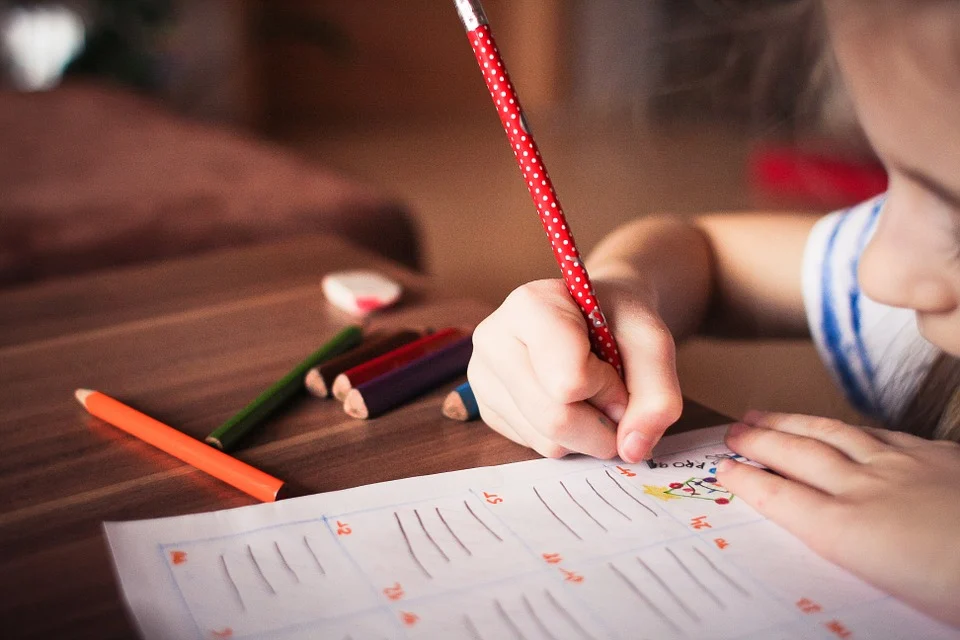It can get especially challenging for parents whose children have dysgraphia. These children struggle with writing, making it more difficult for parents to help their children with their writing skills. This inability to write properly puts them behind the rest of their peers in school, and eventually, they will feel left out or left behind. We have put together some tips that will help your child with dysgraphia increase their grades.
Make Them Feel What They Write
Allowing your children to feel the letters they are supposed to be writing down can help them learn the formation of letters.
You can help them understand different letters through straightforward and fun activities that you and your child can enjoy. You can trace a letter on their palm or their back and ask them to write the letter down on paper or trace it on your back.
You can make it more challenging for them by tracing a capital letter on their palm and asking them to write the lowercase letter for that letter and vice versa.
Write Bigger
It is challenging for kids with dysgraphia to remember how letters are formed. However, therapists have found a way to make it easier for children to remember how to form letters. In this process, children write in a way that uses large motor movements.
A home remedy for this problem is to let children spray letters on the wall using shaving cream when they take a bath. Another way is to let them spread the cream on the wall and then allow them to use this cream to make letters on the wall. Using damp sand in a plastic tub is a good way to practice, as well. To increase sensory input, finger paint can be mixed with the sand.
Use Clay
Clay is a perfect reusable material to help with dysgraphia. As it has a smooth texture, it is very responsive and adaptable, so even when a small mistake is made, it can be corrected.
Clay can be rolled into ropes and then used to produce letters. The use of clay also enhances hand strength and emphasizes improving fine motor skills. It can help children remember the shape of the letters better, as well.
Another effective method is to place the clay on a cookie sheet and smooth it out. Then, ask your child to form letters on this surface with the help of a pencil. This way, the child’s brain is receptive to the sensory output that informs how the letters are formed.
Concluding Thoughts
With a few helpful methods, your child can develop good writing skills and increase their GPA in the process. Good writing skills will help them become better readers as they understand phonetics and gain familiarity with the words.

